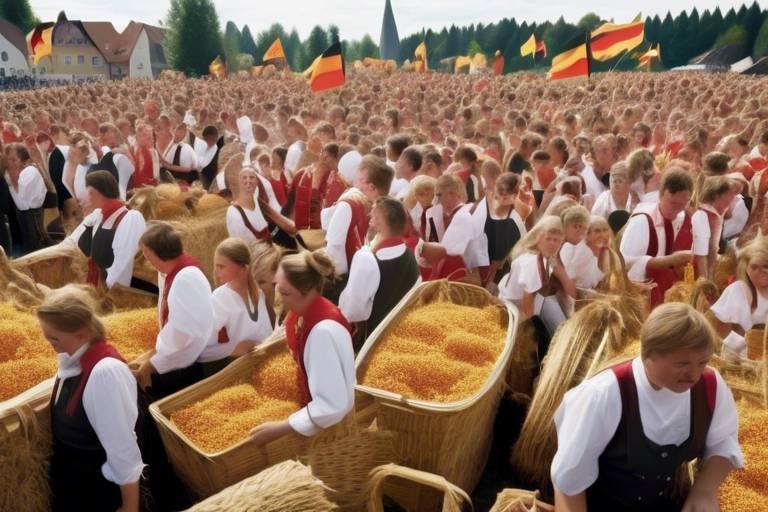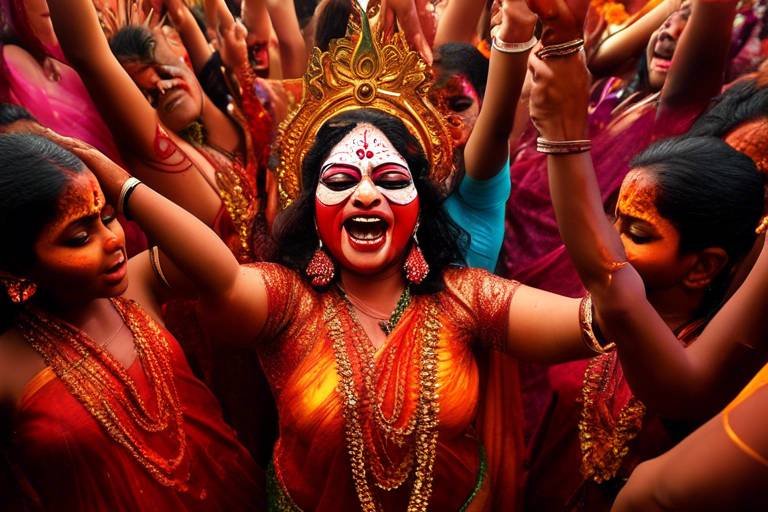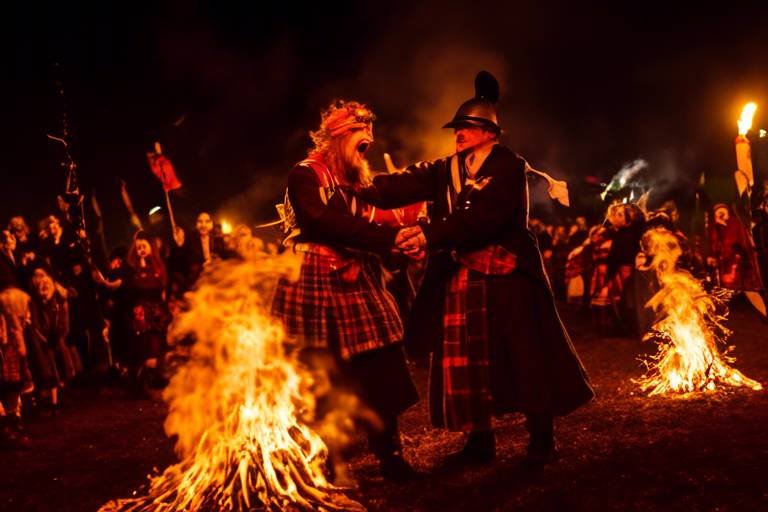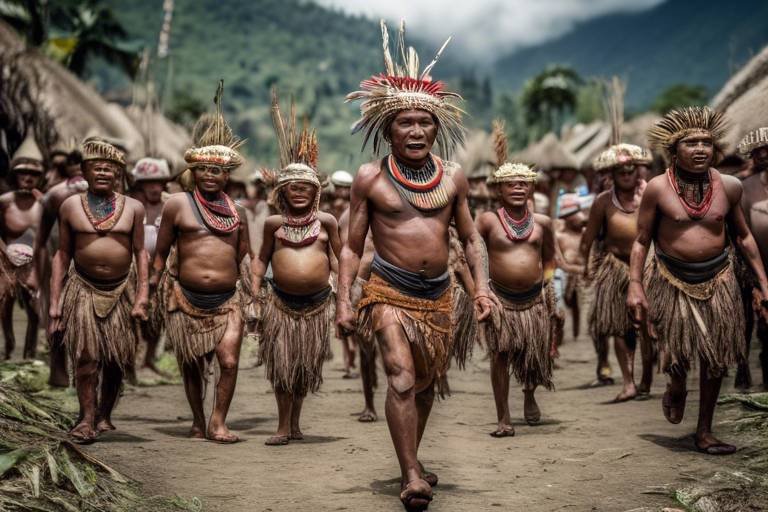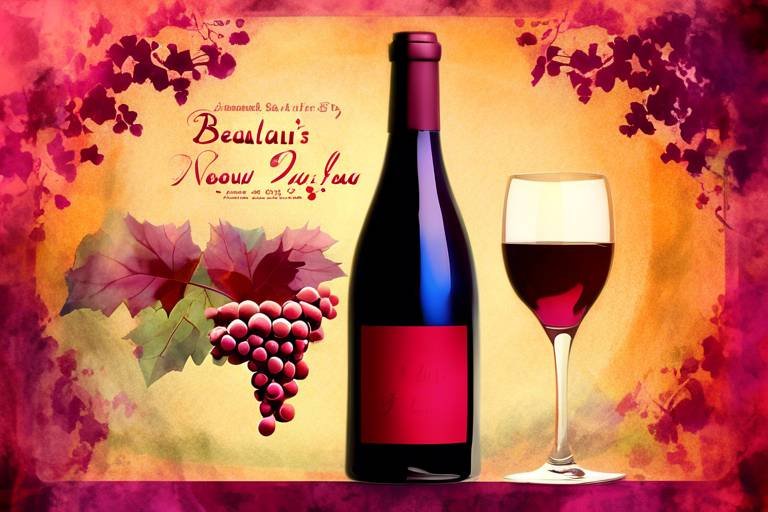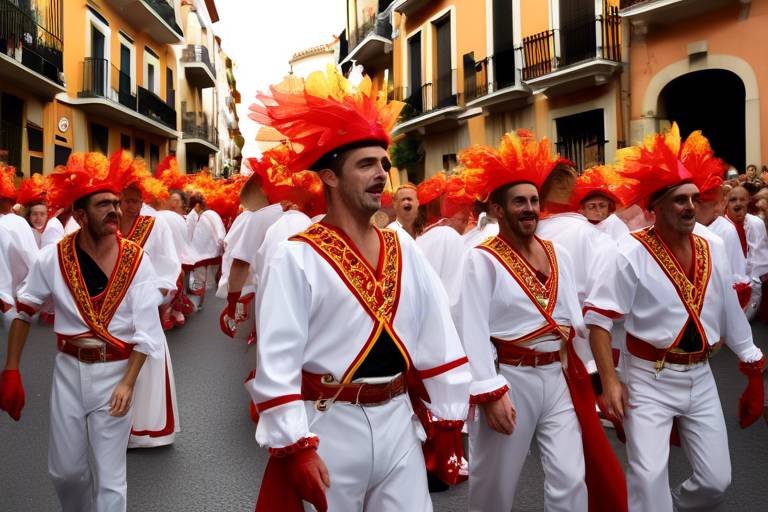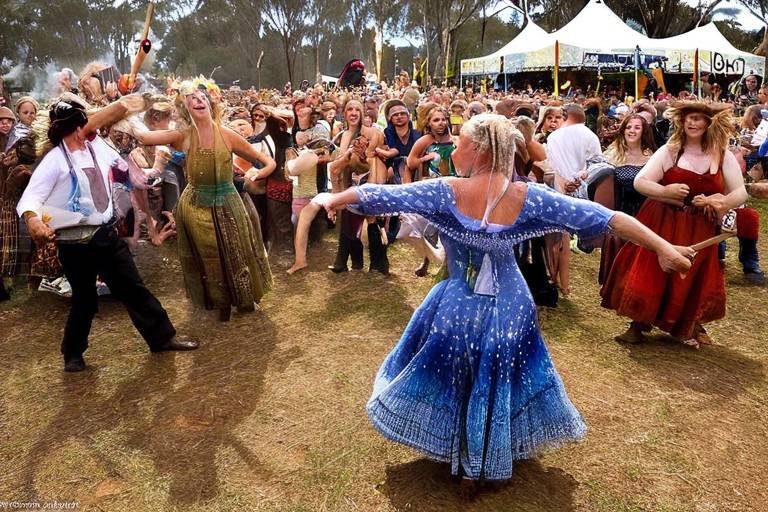The Harvest Celebrations of Germany's Erntedankfest
Germany's Erntedankfest is a vibrant and meaningful celebration that brings together communities to give thanks for the bountiful harvest and the hard work of farmers. This traditional harvest festival, deeply rooted in both religious and cultural practices, holds a special place in the hearts of the German people. The festivities of Erntedankfest are a true reflection of the country's rich agricultural heritage and the importance of honoring the land that sustains them.
As the season transitions from summer to autumn, the spirit of gratitude fills the air, and communities come together to celebrate the abundance of the harvest. Erntedankfest is not just a time for feasting and revelry but also a moment to reflect on the interconnectedness of nature, agriculture, and human life. It is a time to recognize the cycles of growth and renewal that shape the world around us.
Throughout the history of Erntedankfest, the traditions and customs associated with the festival have evolved and adapted to the changing times. What remains constant, however, is the deep reverence for the land and the traditions that have been passed down through generations. From elaborate church services to colorful parades and feasting on traditional dishes, every aspect of Erntedankfest is steeped in symbolism and meaning.
One of the most visually striking elements of Erntedankfest is the elaborate decorations made from an array of fruits, vegetables, and grains. These intricate displays adorn homes, churches, and public spaces, adding a festive touch to the surroundings. The vibrant colors and textures of the harvest produce serve as a reminder of the beauty and abundance of the natural world.
As Erntedankfest is celebrated across different regions of Germany, each area brings its unique flair to the festivities. From the lively parades and traditional clothing of Bavaria to the wine-centric celebrations of Rhineland-Palatinate, the diversity of customs and rituals reflects the country's rich cultural tapestry. Despite these regional variations, the core essence of giving thanks and celebrating the harvest remains constant.
In modern times, Erntedankfest continues to evolve, embracing new interpretations while staying true to its roots. The focus on sustainability and the farm-to-table movement has gained prominence, aligning the festival with contemporary values of environmental consciousness and supporting local agriculture. This blend of tradition and innovation ensures that Erntedankfest remains a relevant and cherished celebration in Germany.
As Erntedankfest approaches each year, communities come together to honor the land, the farmers, and the bounty of the harvest. It is a time of joy, reflection, and gratitude, reminding us of the importance of connection to the earth and each other. The traditions and customs of Erntedankfest serve as a reminder of the enduring bond between humanity and the natural world, a bond that sustains us through the cycles of life.
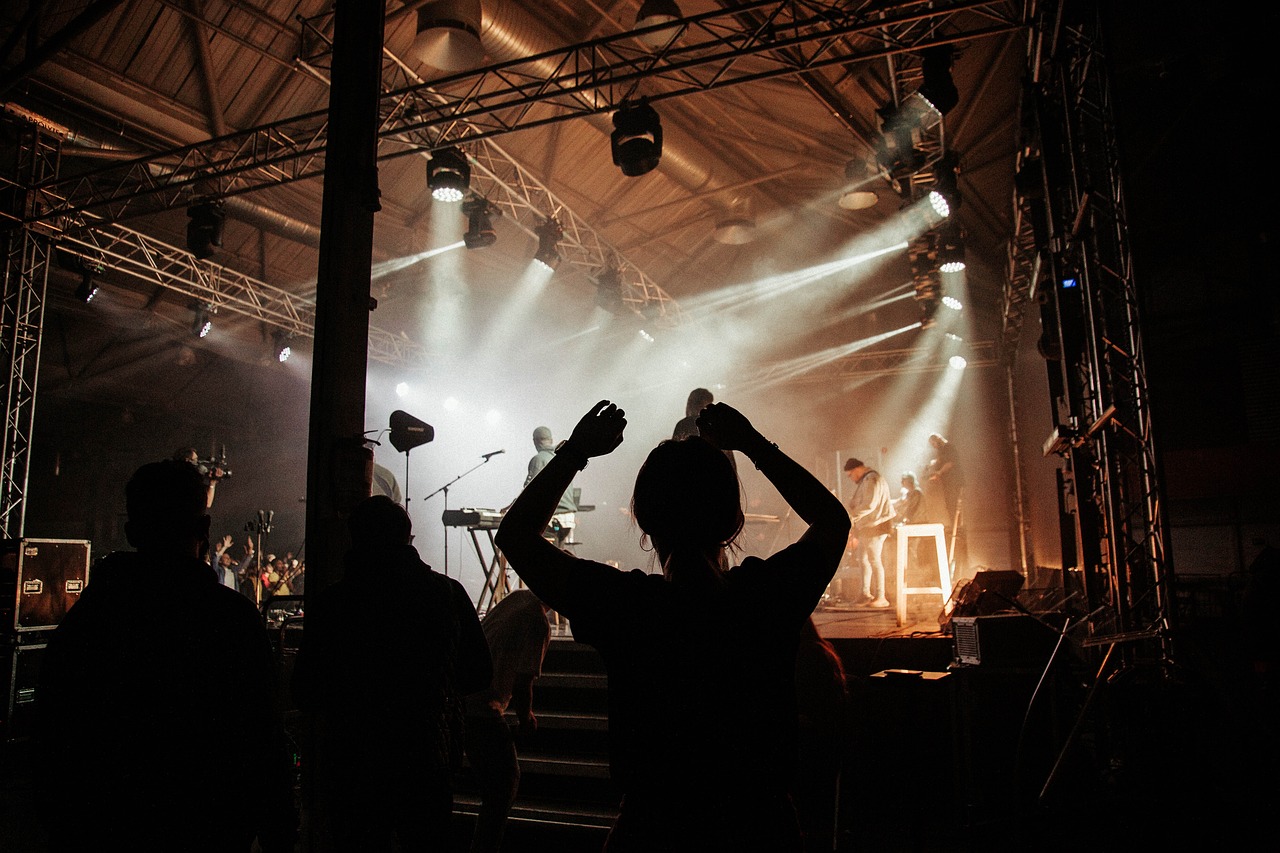
History of Erntedankfest
The history of Erntedankfest dates back to ancient pagan times when communities celebrated the harvest season with rituals and offerings to ensure a bountiful crop in the coming year. With the spread of Christianity, the harvest festival evolved into a more religious event, incorporating elements of giving thanks to God for the abundance of the land. The word "Erntedankfest" itself translates to "harvest thanksgiving" in English, highlighting the core essence of the festival.
Over the centuries, Erntedankfest has become deeply rooted in German culture, with each region adding its own unique traditions and customs to the celebration. The festival serves as a time to recognize the hard work of farmers and the importance of agriculture in sustaining communities. It is a moment of unity and gratitude, bringing people together to appreciate the gifts of the earth.
During the Middle Ages, Erntedankfest was marked with elaborate feasts, processions, and offerings at churches. It was a time of communal rejoicing and sharing the fruits of labor with those less fortunate. The festival evolved with the changing times, adapting to societal shifts while preserving its core values of thankfulness and abundance.
Today, Erntedankfest continues to be a cherished tradition in Germany, blending elements of both ancient harvest rituals and Christian faith. It stands as a testament to the enduring connection between humanity and the land, reminding us of the cyclical nature of life and the importance of stewardship towards the environment.

Traditional Customs and Rituals
During Erntedankfest, traditional customs and rituals play a central role in honoring the harvest season and expressing gratitude for the abundance of the land. One of the most prominent customs is the decorating with harvest produce, where homes, churches, and public spaces are adorned with intricate displays made from a variety of fruits, vegetables, and grains. These vibrant decorations not only symbolize the bountiful harvest but also add a festive and colorful touch to the celebration.
Another essential ritual of Erntedankfest is the church services held to give thanks for the blessings of the harvest. These services are typically filled with prayers, hymns, and blessings, bringing the community together in a spirit of unity and gratitude. The solemn yet joyous atmosphere of the church services during Erntedankfest reflects the deep-rooted connection between faith and the land.
Parades are a common sight during Erntedankfest, with communities coming together to celebrate the harvest season in a lively and festive manner. These parades often feature traditional costumes, music, and dancing, creating a spectacle that showcases the rich cultural heritage of Germany. The colorful processions winding through the streets are a visual representation of the community's collective joy and thankfulness.
Feasting is an integral part of Erntedankfest, with families and communities coming together to share in hearty meals made from the bounty of the harvest. Traditional dishes such as roast meats, potatoes, and seasonal vegetables take center stage during the festivities, symbolizing the abundance of the land and the hard work of farmers. The act of sharing a meal with loved ones during Erntedankfest reinforces the bonds of community and gratitude for the gifts of the harvest.
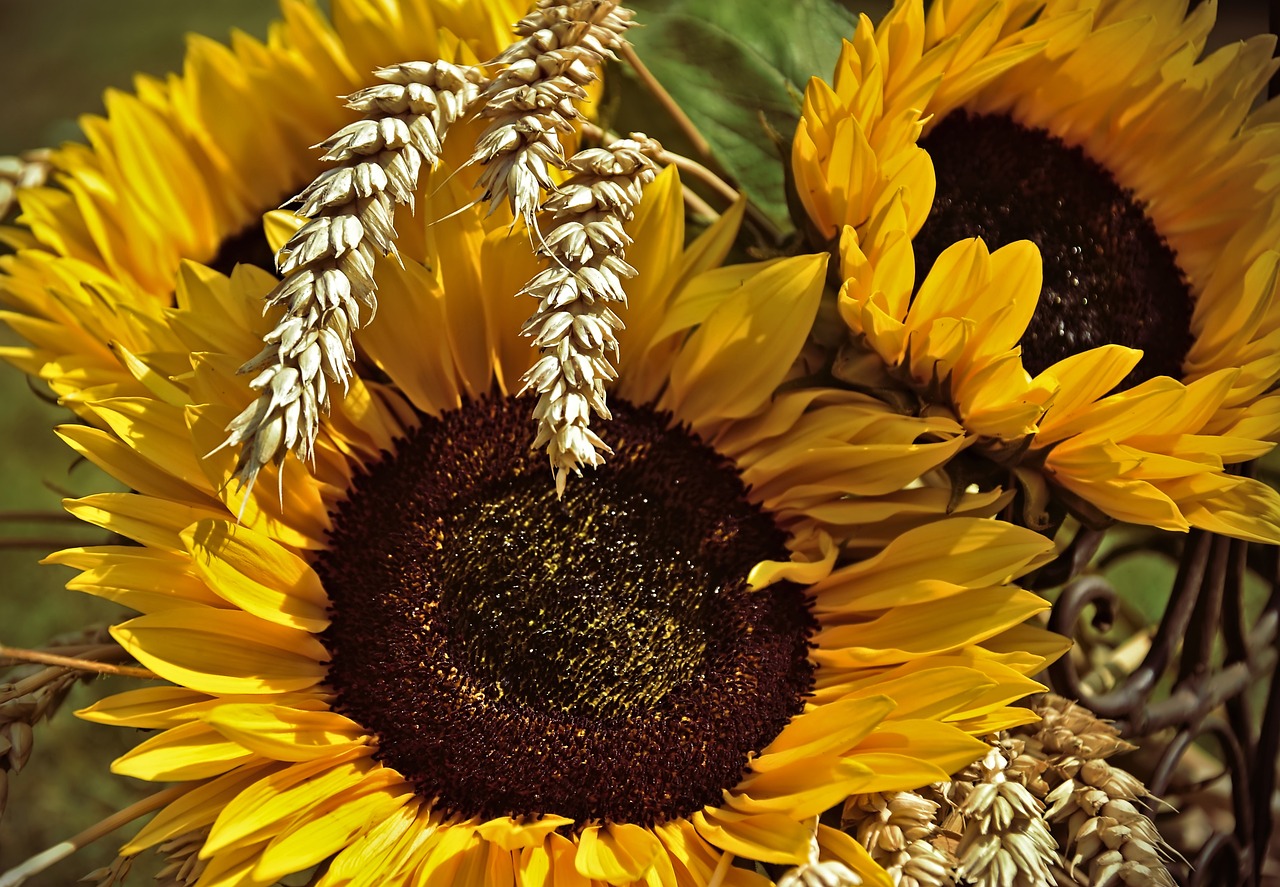
Harvest Decorations
During Erntedankfest, the beauty of the harvest season is brought indoors and showcased through elaborate . Homes, churches, and public spaces are adorned with a colorful array of fruits, vegetables, and grains, creating a festive and bountiful atmosphere. The decorations serve as a visual representation of the abundance provided by the land and the hard work of farmers throughout the year.
Tables are often adorned with cornucopias overflowing with seasonal produce such as pumpkins, apples, grapes, and wheat. These symbols of plenty are complemented by floral arrangements featuring sunflowers, marigolds, and other autumn blooms. Additionally, wreaths made from dried corn husks and wheat stalks are hung on doors to welcome guests and bring luck for the upcoming harvest.
In churches, altar displays are created using sheaves of wheat, bunches of grapes, and other agricultural offerings, symbolizing gratitude for the bounty of the land. These displays are often accompanied by candlelight and religious icons, adding a spiritual dimension to the decorative arrangements.
Public spaces are transformed into vibrant showcases of agricultural abundance, with parades featuring floats adorned with harvest-themed decorations. Giant corn husk dolls and scarecrows line the streets, adding a whimsical touch to the festivities. The community comes together to create community displays that celebrate the harvest in a collective and creative way.

Regional Variations
Germany's Erntedankfest, the harvest festival, showcases a rich tapestry of regional variations that add unique flavors to this traditional celebration. From the bustling streets of Bavaria to the serene vineyards of Rhineland-Palatinate, each region infuses its own customs and culinary delights into the festivities.
In Bavaria, the heart of traditional German culture, Erntedankfest takes on a lively and vibrant character. The streets come alive with colorful parades featuring locals clad in traditional clothing, showcasing the region's rich heritage. The aroma of hearty Bavarian cuisine fills the air, tempting passersby with savory sausages, crisp pretzels, and frothy beers.
On the other hand, in Rhineland-Palatinate, known for its picturesque vineyards and wine production, Erntedankfest pays homage to the region's viticultural roots. Wine takes center stage in the celebrations, with vineyards opening their doors for tastings, grape-stomping events, and wine-themed festivities. The landscape is dotted with stunning displays of grapevines and wine barrels, creating a visual feast for visitors.
These regional variations not only showcase the diverse cultural landscape of Germany but also highlight the deep-rooted connection between the land and its people. Whether reveling in the Bavarian traditions or toasting with a glass of Riesling in Rhineland-Palatinate, Erntedankfest offers a glimpse into the rich tapestry of German harvest celebrations.

Celebrations in Bavaria
Bavaria, a region known for its rich cultural heritage and picturesque landscapes, truly comes alive during Erntedankfest. The celebrations in Bavaria are a sight to behold, with vibrant parades winding through charming villages and towns, showcasing traditional clothing and lively music that fill the air with joy and excitement. The streets are adorned with colorful banners and flags, adding to the festive atmosphere that engulfs the region.
One of the highlights of Erntedankfest in Bavaria is the traditional harvest feast, where families and communities gather to share hearty Bavarian cuisine made from the freshest local produce. From savory sausages and crispy schnitzels to indulgent pastries and refreshing beers, the feast is a true culinary delight that celebrates the abundance of the harvest season.
During the festivities, you can witness the locals showcasing their Bavarian pride by donning traditional attire such as lederhosen for men and dirndls for women. These iconic outfits not only add to the colorful spectacle of the celebrations but also pay homage to Bavaria's rich cultural heritage and traditions.
Moreover, the spirit of community and togetherness is palpable during Erntedankfest in Bavaria, as neighbors come together to partake in traditional dances, games, and folk performances that have been passed down through generations. The sense of unity and camaraderie that permeates the celebrations truly embodies the essence of Erntedankfest.
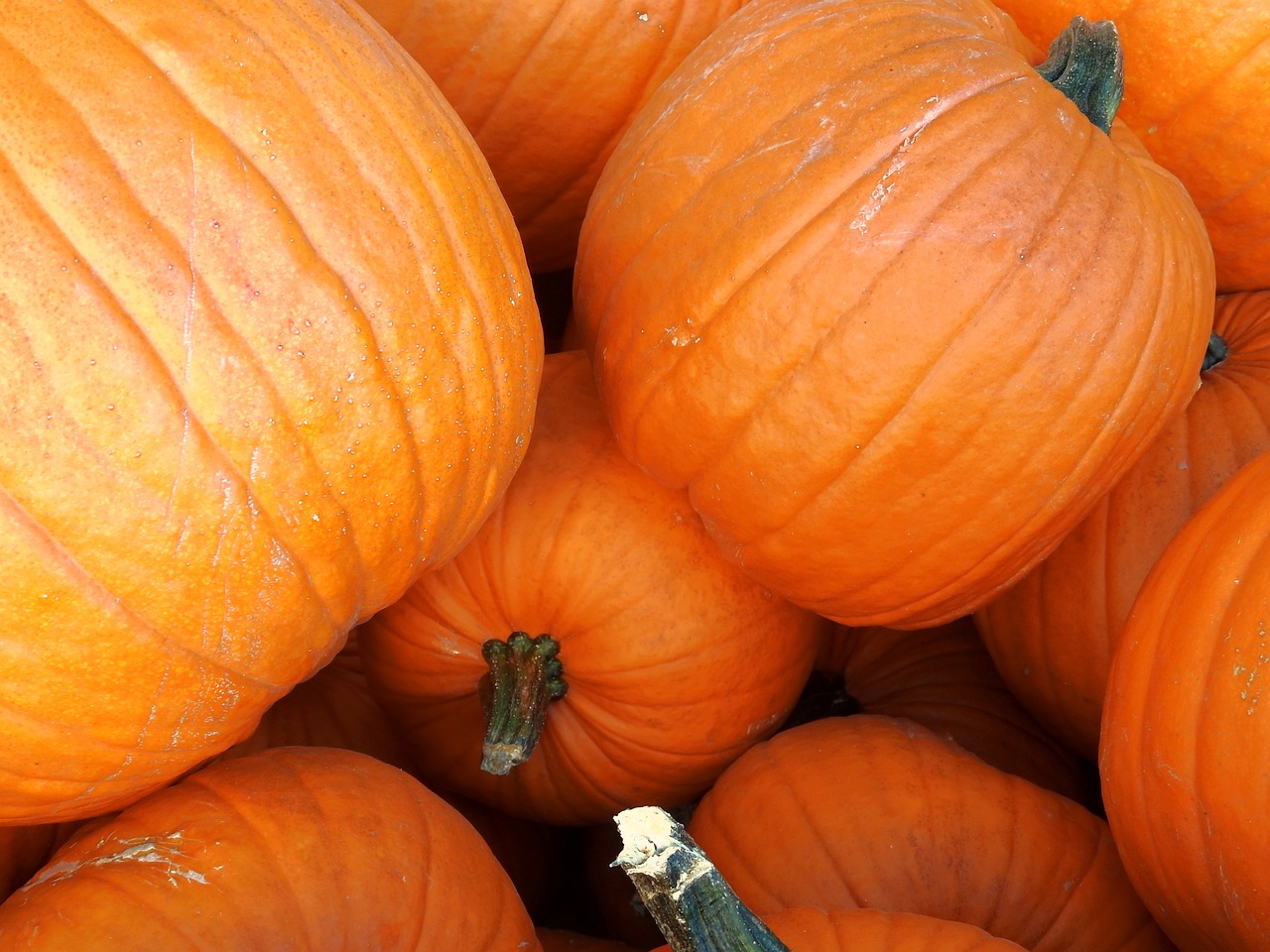
Celebrations in Rhineland-Palatinate
When it comes to celebrating Erntedankfest in Rhineland-Palatinate, the region's deep-rooted traditions and love for wine take center stage. The celebrations in this picturesque part of Germany are intertwined with the rich viticulture heritage that defines the area. Rhineland-Palatinate's Erntedankfest is a time when the community comes together to honor the bountiful harvest and express gratitude for the land's abundance.
One of the most distinctive aspects of Erntedankfest in Rhineland-Palatinate is the prominent role that wine plays in the festivities. As a region renowned for its vineyards and winemaking, it's no surprise that wine is a focal point of the celebrations. From wine tastings to grape blessings, the spirit of the harvest is closely tied to the vineyards that dot the picturesque landscape of Rhineland-Palatinate.
During the Erntedankfest celebrations in Rhineland-Palatinate, you can expect to see colorful parades winding through the streets, showcasing traditional costumes and lively music that reflect the region's vibrant culture. The streets come alive with the sound of music and the aroma of delicious local delicacies, creating a festive atmosphere that captivates both locals and visitors alike.
Furthermore, the tradition of decorating with harvest produce is taken to a whole new level in Rhineland-Palatinate. Intricately crafted displays featuring grapes, apples, and other fruits of the land adorn homes, churches, and public spaces, adding a touch of natural beauty to the festivities. These decorations not only serve as a visual feast but also symbolize the abundance and prosperity that the harvest season brings.
As the celebrations unfold in Rhineland-Palatinate, the sense of community and gratitude permeates every aspect of Erntedankfest. Whether it's raising a glass of local wine in a toast to the harvest or participating in traditional folk dances, the spirit of unity and thankfulness is palpable throughout the region during this joyous occasion.
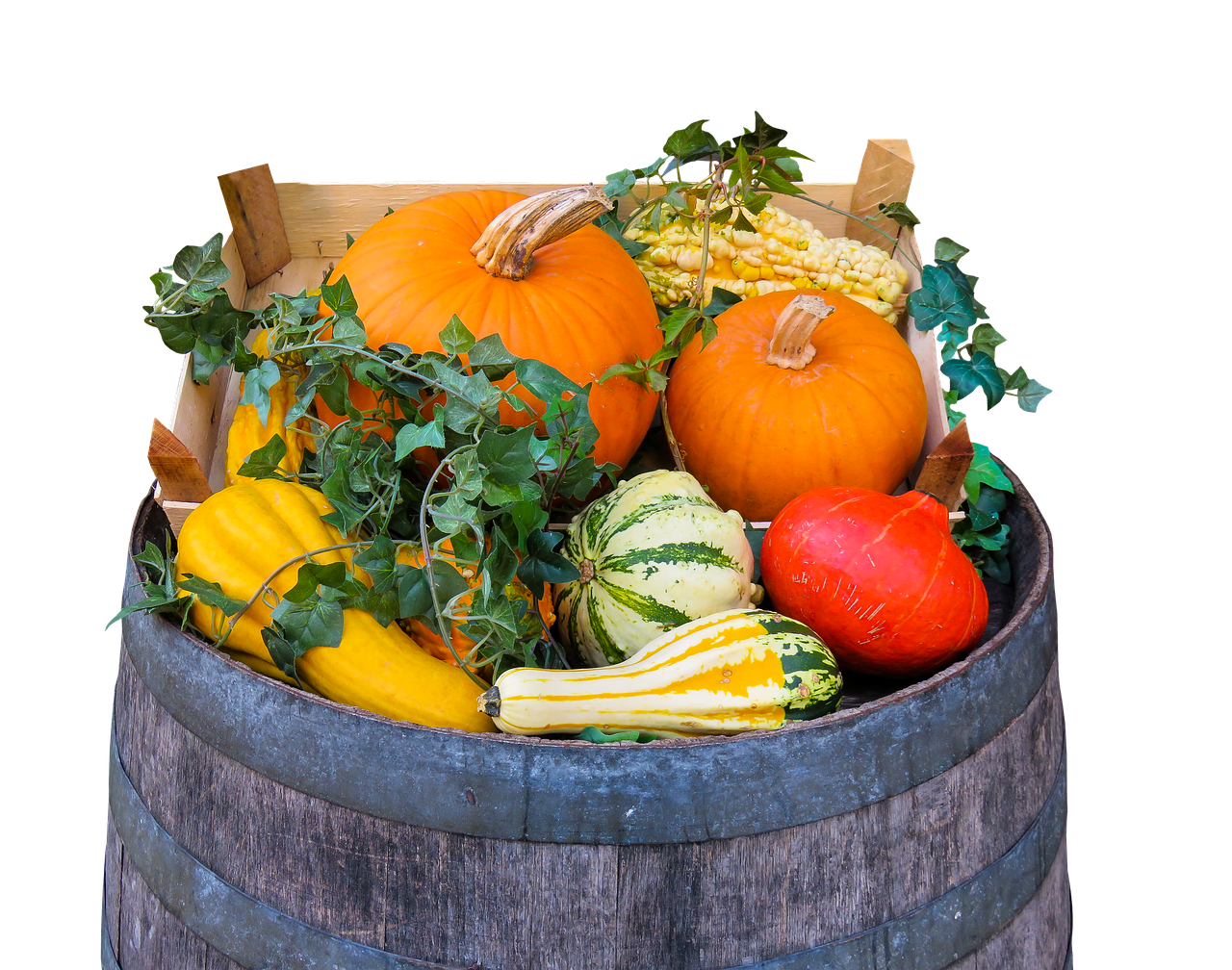
Modern Interpretations
Modern Interpretations of Erntedankfest showcase how this traditional harvest festival has adapted to the changing times while still preserving its core values. In contemporary Germany, the spirit of Erntedankfest remains strong, with new elements being incorporated to keep the tradition vibrant and relevant.
One of the notable modern interpretations of Erntedankfest is the emphasis on sustainability and the Farm-to-Table movement. This shift towards promoting local agriculture and sustainable practices aligns with current societal values and concerns about the environment. By embracing these principles, Erntedankfest not only honors the land and farmers but also advocates for responsible stewardship of natural resources.
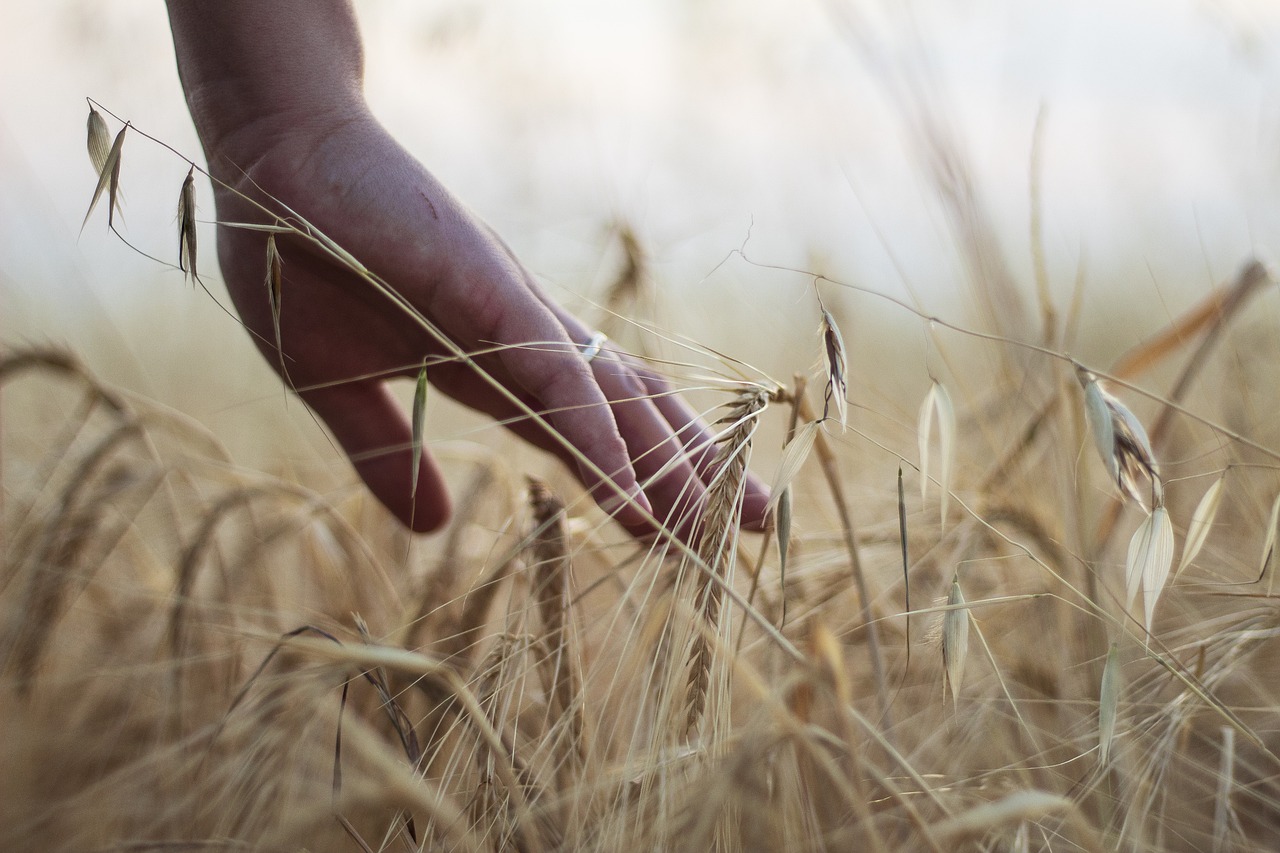
Sustainability and Farm-to-Table Movement
Embracing sustainability and promoting local agriculture, the Erntedankfest in Germany has evolved to reflect modern values through the farm-to-table movement. This contemporary approach emphasizes the importance of supporting local farmers and reducing environmental impact by sourcing food directly from nearby producers. The farm-to-table concept encourages a deeper connection between consumers and the food they eat, fostering transparency and trust in the origins of the products on their plates.
Frequently Asked Questions
- What is Erntedankfest?
Erntedankfest is Germany's traditional harvest festival that combines religious and cultural elements to give thanks for the bounty of the land and the hard work of farmers.
- When is Erntedankfest celebrated?
Erntedankfest is typically celebrated in early October, marking the end of the harvest season and the beginning of the autumn festivities.
- What are some traditional customs observed during Erntedankfest?
Some traditional customs include attending church services, participating in parades, feasting on harvest produce, and decorating with fruits, vegetables, and grains.
- How do different regions in Germany celebrate Erntedankfest?
Each region in Germany puts its unique spin on Erntedankfest, incorporating local customs, foods, and traditions into the celebrations to reflect their cultural heritage.
- How has Erntedankfest evolved to reflect modern values?
Erntedankfest has embraced sustainability and the farm-to-table movement, promoting local agriculture and reflecting modern values of environmental consciousness and community support.

